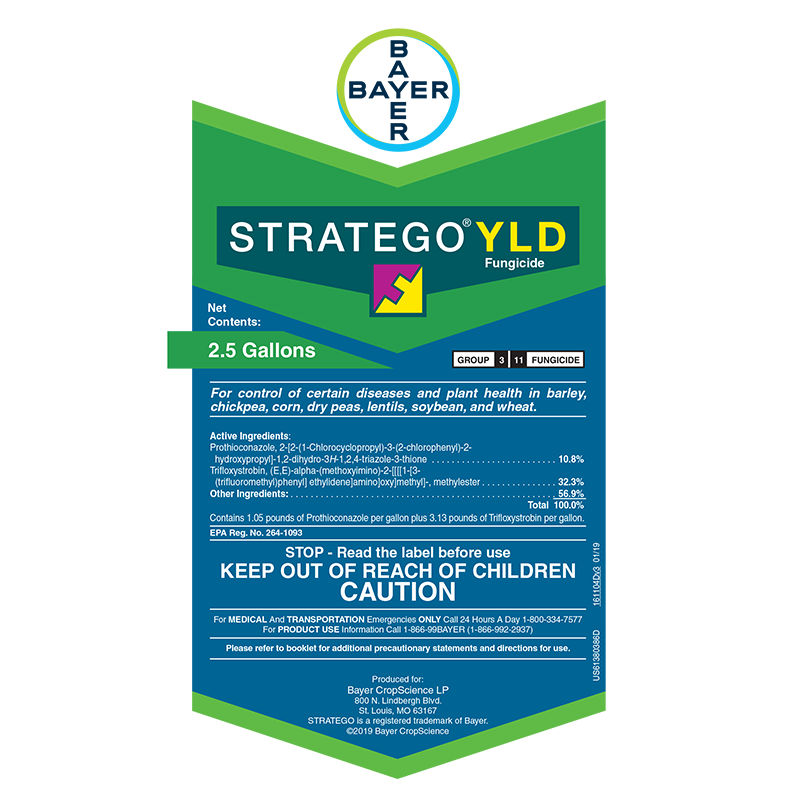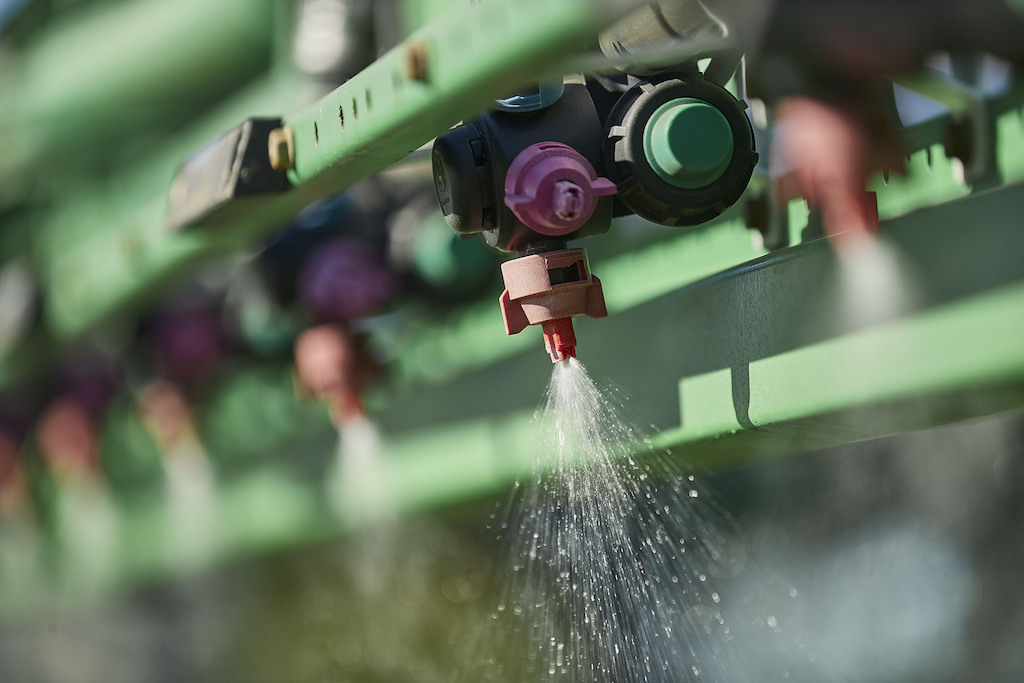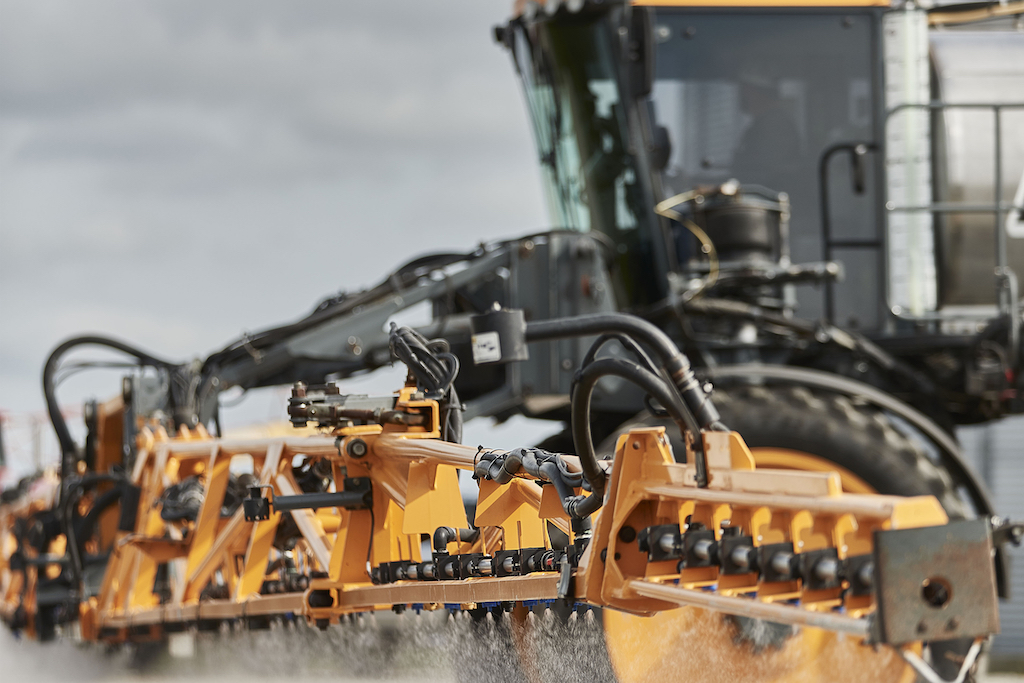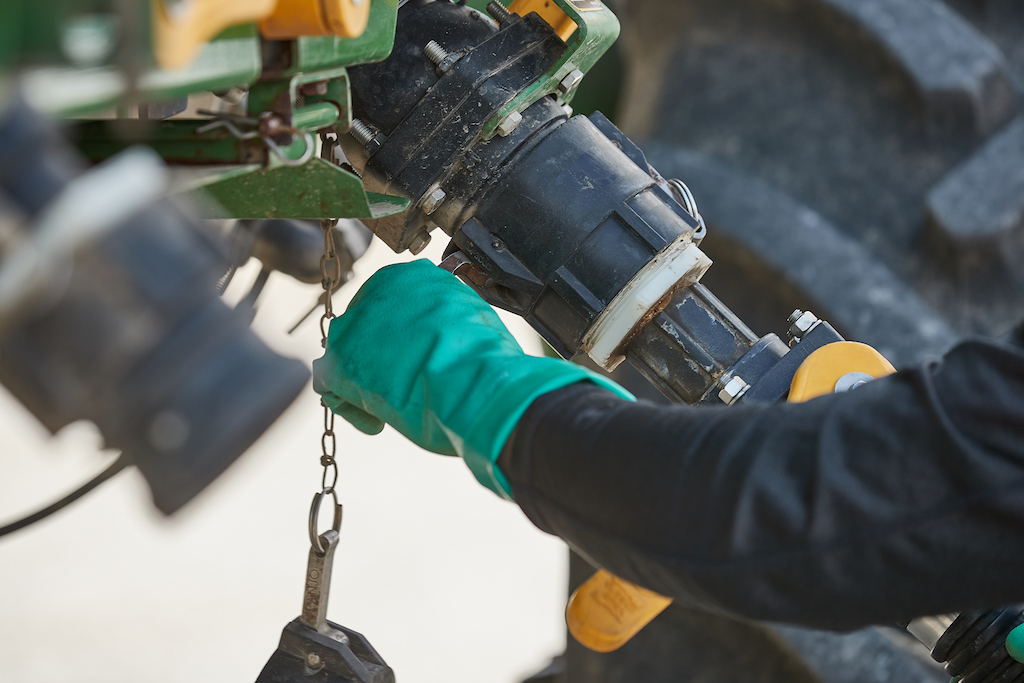Stratego YLD Fungicide
FungicideStratego® YLD Fungicide features the latest in triazole technology for corn and soybeans. Offering two modes of action, it provides both preventive and curative activities and systemic movement to provide broad-spectrum, long-lasting disease control and higher yield potential.
Approved In
AL, AR, AZ, CO, CT, DE, FL, GA, IA, ID, IL, IN, KS, KY, LA, MA, MD, ME, MI, MN, MO, MS, MT, NC, ND, NE, NH, NJ, NM, NV, NY, OH, OK, OR, PA, RI, SC, SD, TN, TX, UT, VA, VT, WA, WI, WV, WY
Labels / Safety Data Sheets (MSDS)
STRATEGO YLD FUNGICIDE Label
STRATEGO YLD FUNGICIDE MSDS - English
STRATEGO YLD FUNGICIDE MSDS - Spanish
For Use on Barley & Wheat
Reduced Application Rate for Early Season Control of Anthracnose Leaf Blight (Colletotrichum graminicola) & Eyespot (Aureobasidium zeae) in Corn
Reduced Application Rate for Early Season Control of Anthracnose Leaf Blight (Colletotrichum graminicola) & Eyespot (Aureobasidium zeae) in Corn
Effective Against
Our portfolio has products to fight a variety of weeds, pests and diseases.
Anthracnose
Brown Spot
Gray Leaf Spot
Rusts
Registered Crops
Our products are available for use on a variety of different crops.
checkcorn
checkcotton
checksoybean
Additional Downloads
Stratego YLD Application Card
2013 Stratego YLD Early Season Application
Stratego YLD At Tassel Product Bulletin
Stratego YLD Soy Product Bulletin
Stratego YLD Product Bulletin
Stratego YLD Corn Soy Product Bulletin 21
